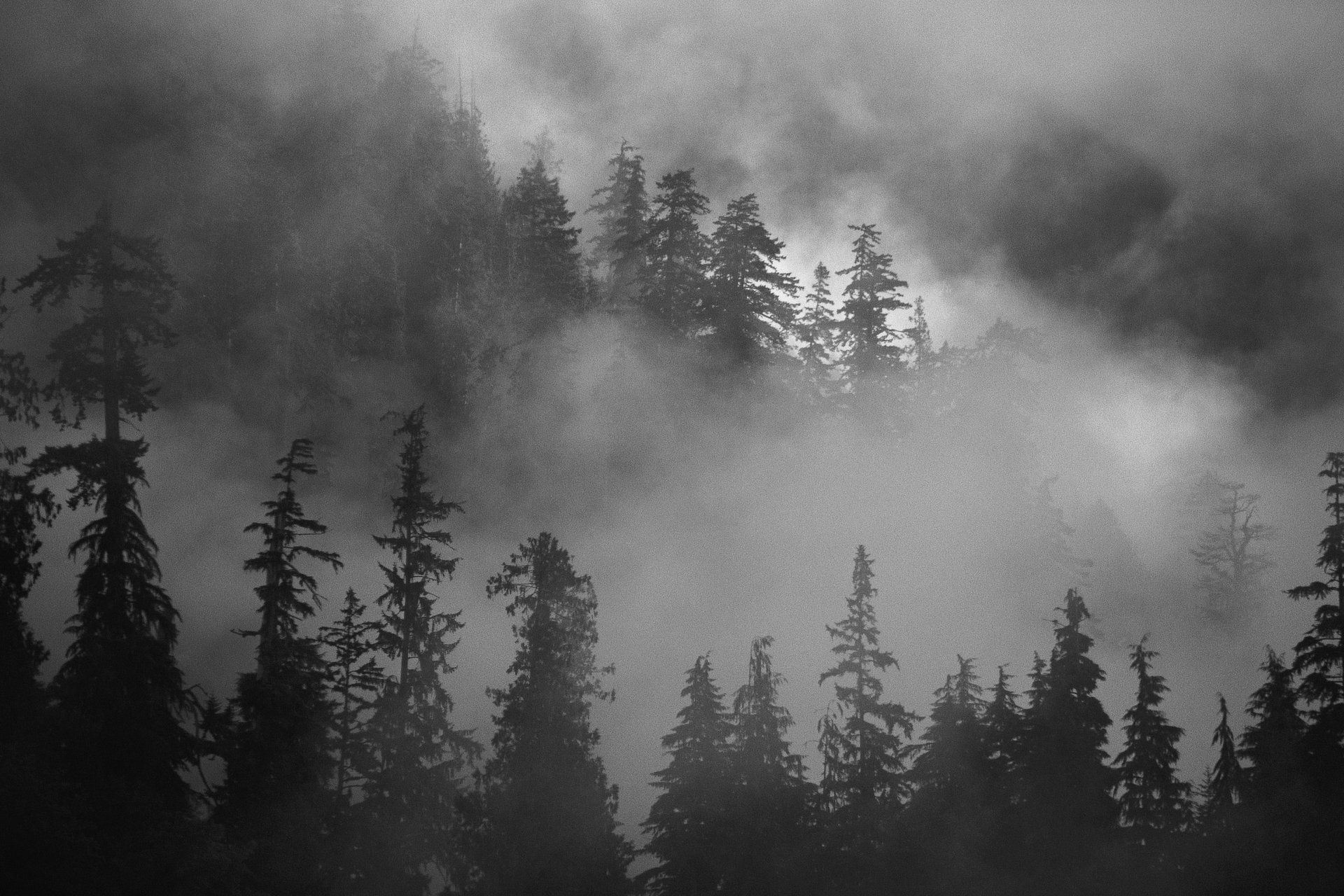
References
Arnett, E.T. (1975). The Saura and Keyauwee in the land that became Guilford, Randolph, and Rockingham. Greensboro, NC: Media, Inc.
Beard-Moose, C.T. (2009). Public Indians, private Cherokees. Tuscalosa, AL: University ofAlabama Press.
Coharie tribe. (2014a). Chief Gene Jacobs two feathers. Retrieved from:http://www.coharietribe.org/chief_18.html
Coharie tribe. (2014b). Coharie seniors. Retrieved from:http://www.coharietribe.org/coharie_seniors_9.html
Coharie tribe. (2014c). 45th annual Coharie pow wow. Retrieved from:http://www.coharietribe.org/pow_wow_11.html
Coharie tribe. (2014d). Home. Retrieved from http://www.coharietribe.org/index.html
Commission of indian affairs. (2013). North Carolina’s First people. Retrieved from: http://www.doa.nc.gov/cia/documents/brochures/FirstPeople-Brochure-08.pdf
Commission of indian affairs. (2014). Tribes. Retrieved from: http://www.doa.nc.gov/cia/tribes.aspx
Eastern band of the Cherokee. (2014a). Departments. Retrieved from http://www.nc-cherokee.com/departments/
Eastern band of the Cherokee. (2014b). Government. Retrieved from: http://www.nc-cherokee.com/government/
Eastern band of the Cherokee. (2014c). Home. Retrieved from: http://www.nc-cherokee.com
Eastern band of the Cherokee. (2014d). History. Retrieved from: http://www.nc-cherokee.com/historyculture/
Frankenburg, D. (2000). Sauratown mountains. Retrieved from:http://www.learnnc.org/lp/editions/cede_lonemts/609
Haliwa-saponi tribe. (2014). About us. Retrieved from: http://haliwa-saponi.com/about/
Kickler, T. (2014). Pilot mountain. In North Carolina digital history project encyclopedia. Retrieved from: http://www.northcarolinahistory.org/encyclopedia/756/entry/
Lowery, M. M. (2009). Telling our own stories: Lumbee history and the federalacknowledgement process. American Indian quarterly, 33(4), 499-522.
Lumbee tribe. (2014a). Government. Retrieved from:http://www.lumbeetribe.com/index.php?option=com_content&view=article&id=173&Itemid=69
Lumbee tribe. (2014b). History & culture. Retrieved from:http://www.lumbeetribe.com/~lumbeetr/index.php?option=com_content&view=article&id=172&Itemid=27
Meherrin nation Welcome to the Meherrin nation website. Retrieved from:http://www.meherrinnation.org.
Occaneechi band of the Saponi nation. (2014). The Voice of the Occaneechi nation. Retrieved from: http://www.obsn.org
Perdue, T. & Snyder, C. (2011). American Indians, violence toward. In New encyclopedia of southern culture: Violence. Amy Louise Wood & Charles Reagan Wilson (Eds.). Chapel Hill: UNC Press.
Rand, J.H. (1913). The North Carolina Indians. The James Sprunt historical publications. J.G. deRoulhac Hamilton & H. M. Wagstaff (Eds.) Chapel Hill, NC: University of North Carolina- Chapel Hill.
Reynolds, K. (1973). Native North Carolina: The What, why, and where of Native American place names. Washington, D.C.: Kevin Reynolds.
Rodning, C. B., & VanDerwarker, A. M. (2002). Revisiting Coweeta creek: Reconstructing ancient Cherokee lifeways in southwestern North Carolina. Southeastern Archaeology, 21(1), 1.
Ross, T. (1999). American indians in North Carolina: Geographic interpretations. SouthernPines, NC: Karo Hollow Press.
Sappony. (2014a). Governance: Council. Retrieved from:http://www.sappony.org/governance_council.htm
Sappony. (2014b). Identity: Sappony. Retrieved from: http://www.sappony.org/identity.htm
Sappony. (2014c). Tribal history. Retrieved from: http://www.sappony.org/history.htm
Scott, C., & Brown, K. (2008). Rising above my raisin'?: Using heuristic to explore the effects ofthe Lumbee dialect on ethnic identity development. American Indian Quarterly, 32(4), 485-521.
Sider, G. (2006). The Walls came tumbling up: The Production of culture, class and NativeAmerican societies. Australian journal of anthropology. 17(3), 276-290.
The University of North Carolina at Pembroke. Native American resource center. Retrieved from: https://www.uncp.edu/academics/opportunities-programs-resources/opportunities-programs/native-american-resource-center
Waccamaw-Siouan. (2014). Waccamaw-Siouan tribe. Retrieved from: http://www.waccamaw-siouan.com
Walbert, D. (2010). The fate of north carolina’s native peoples. In Colonial North Carolina (3.8). Retrieved from: http://www.learnnc.org/lp/editions/nchist-colonial/1961.